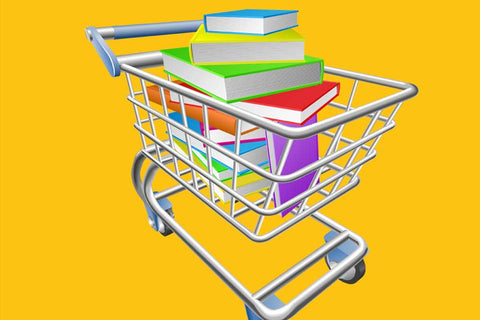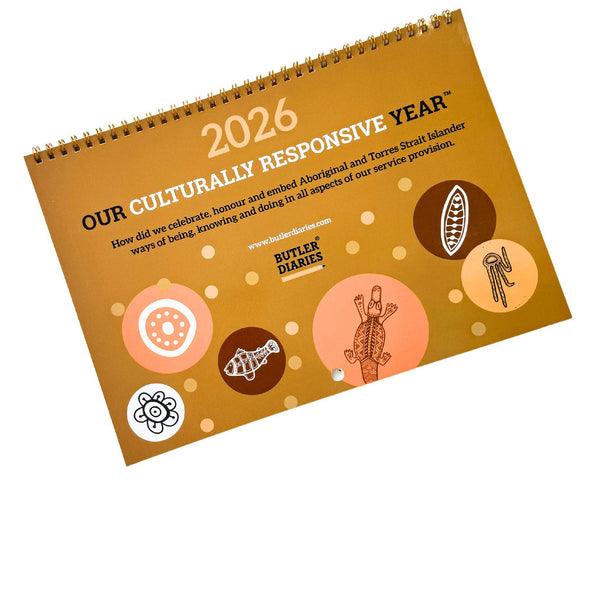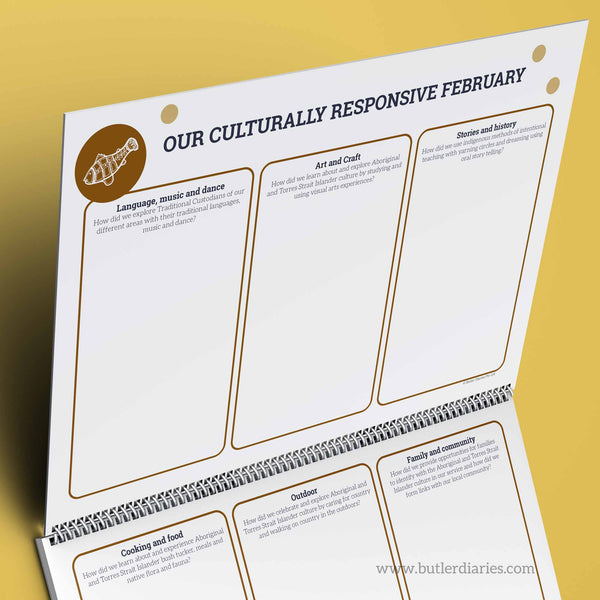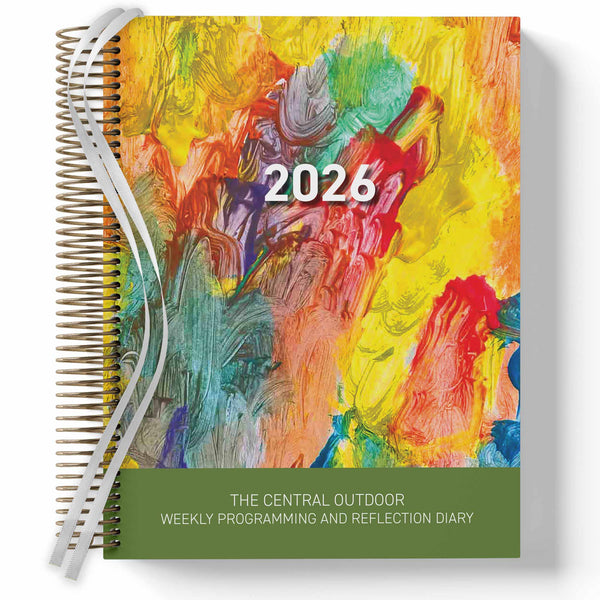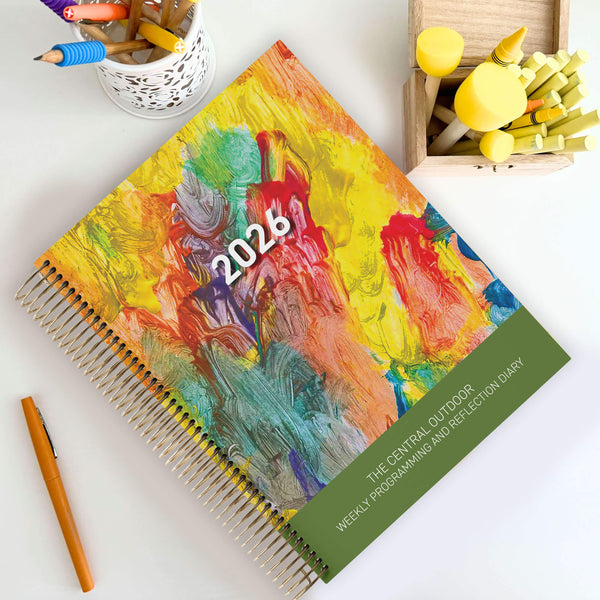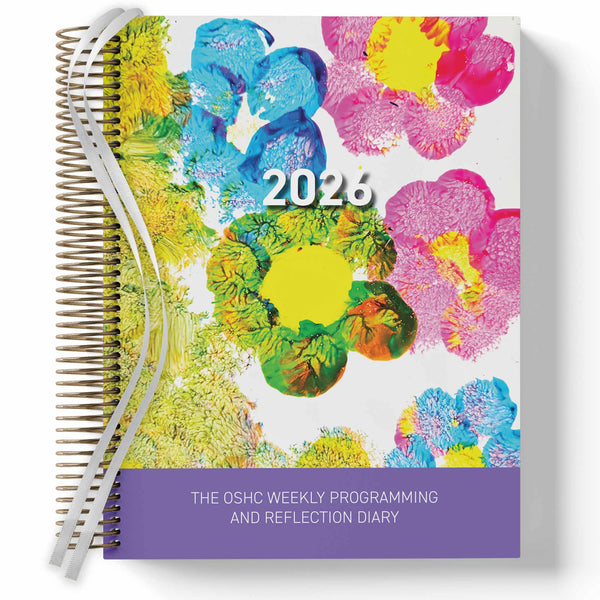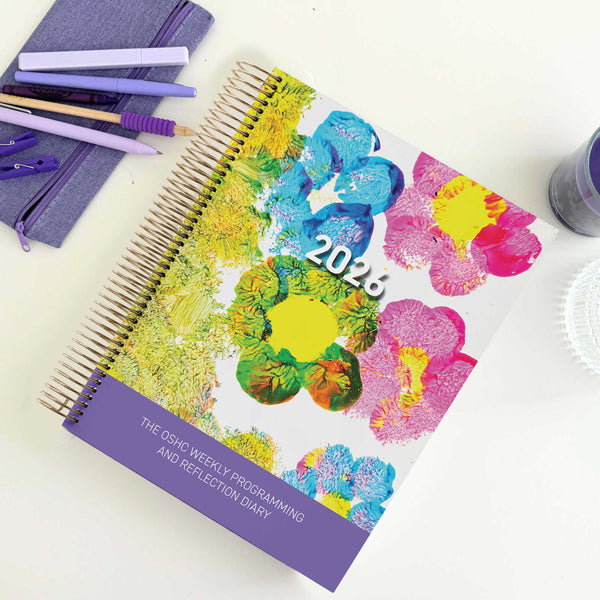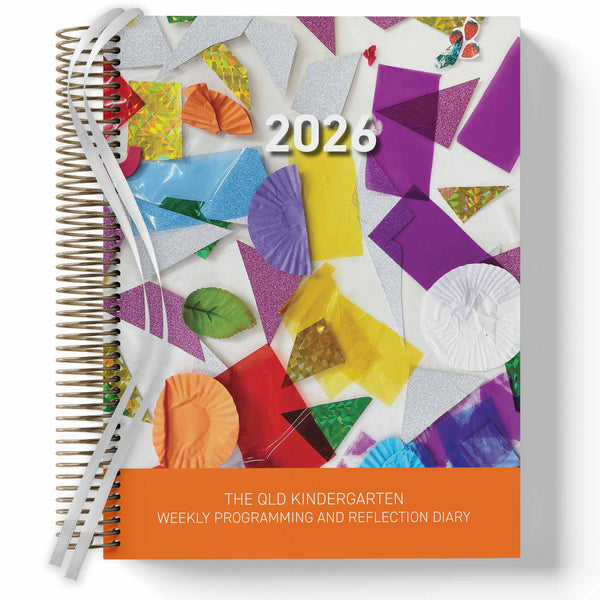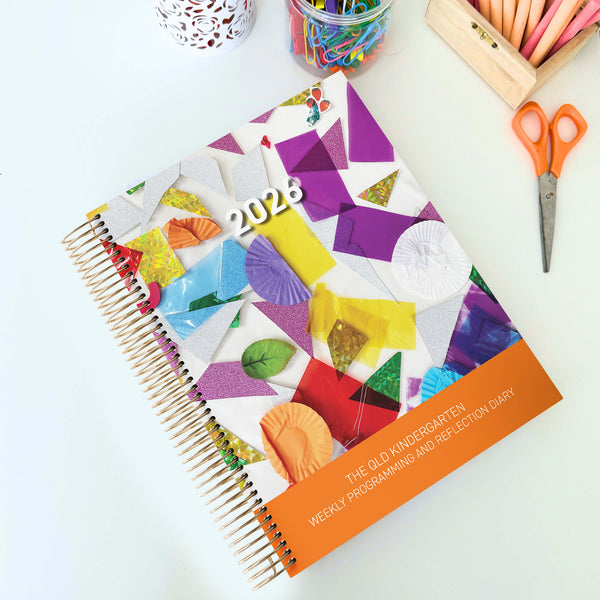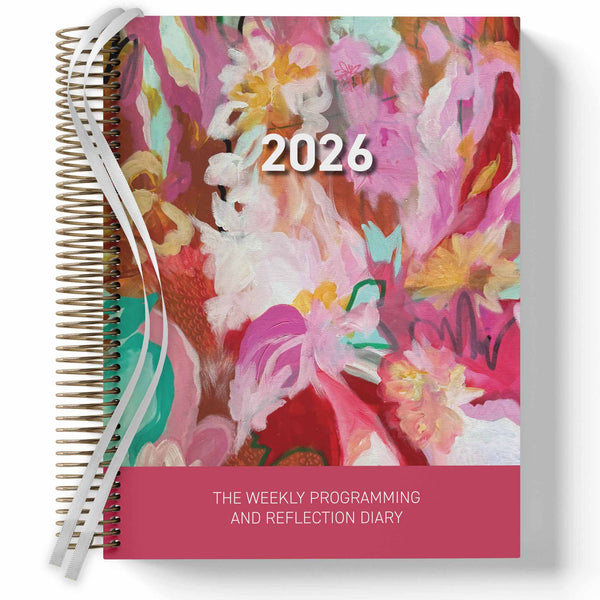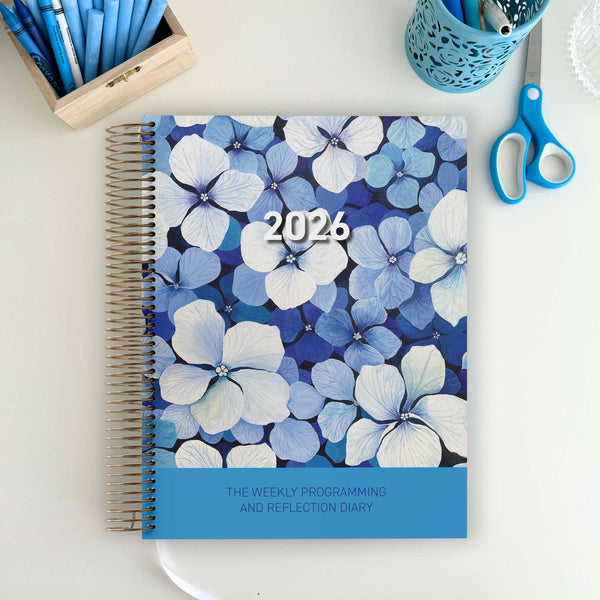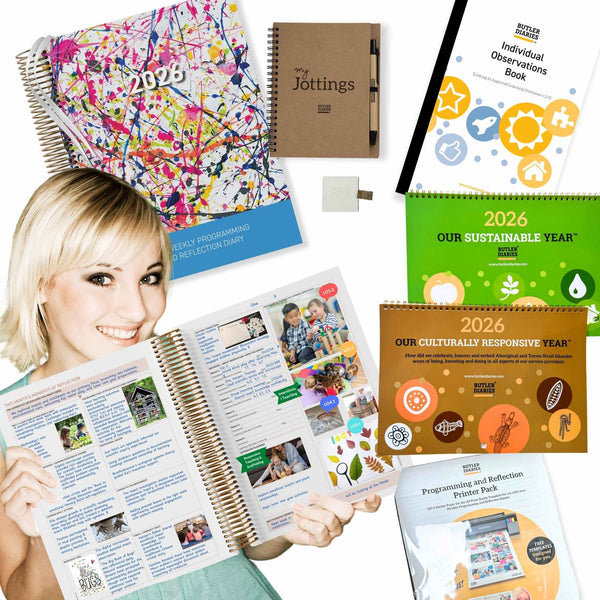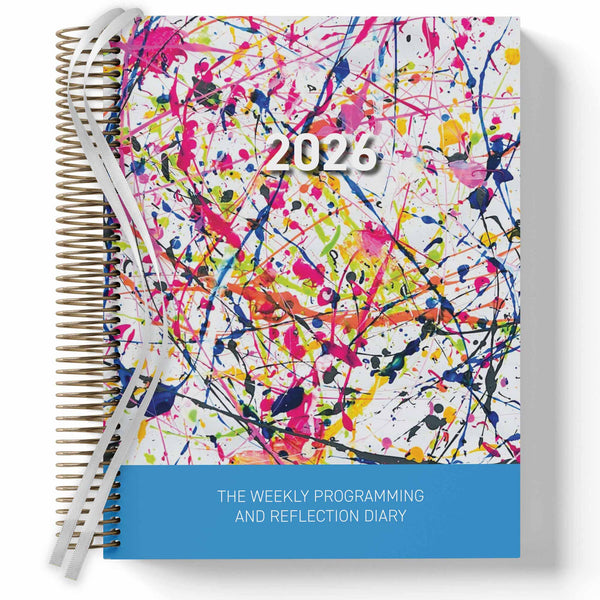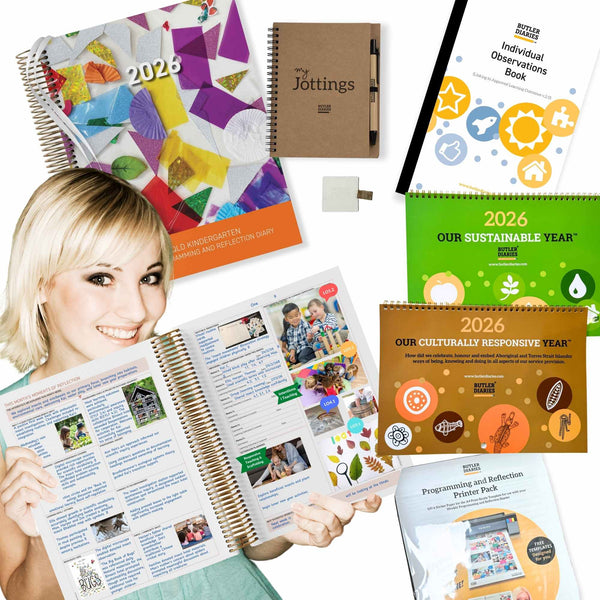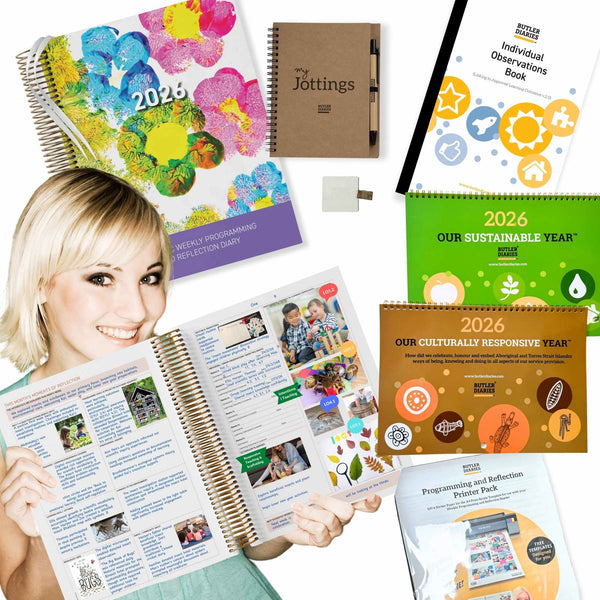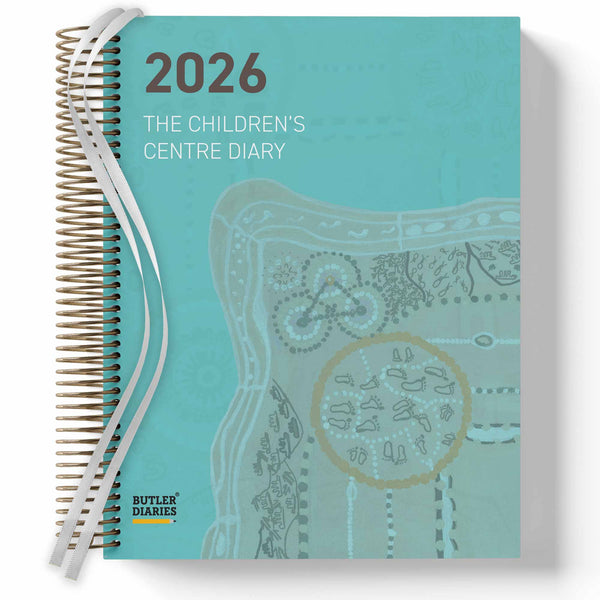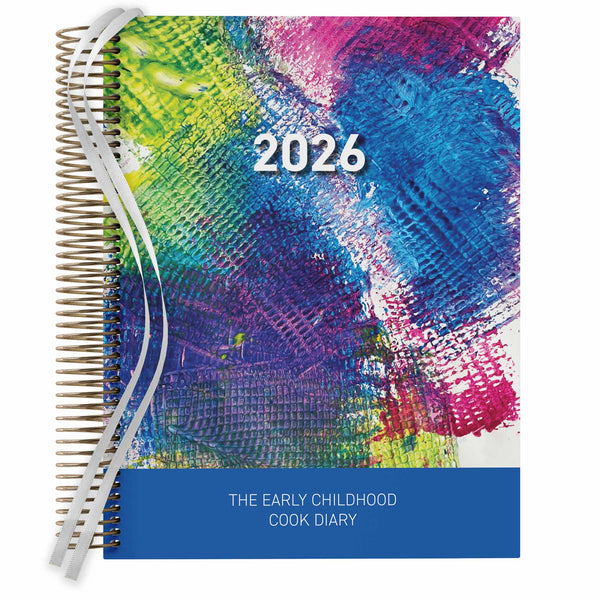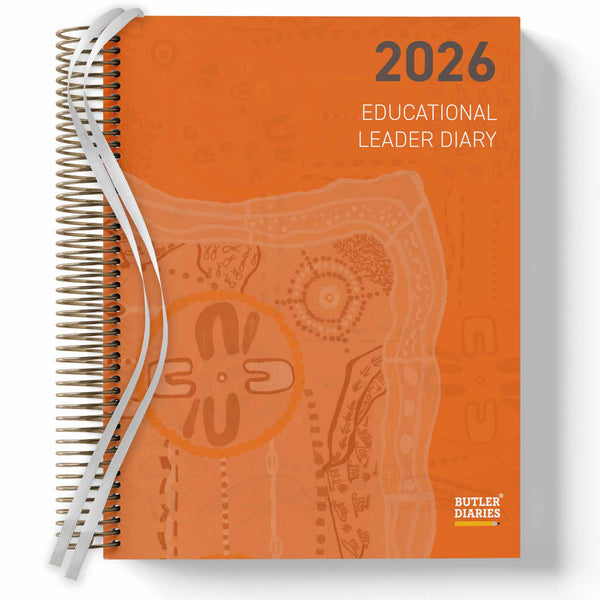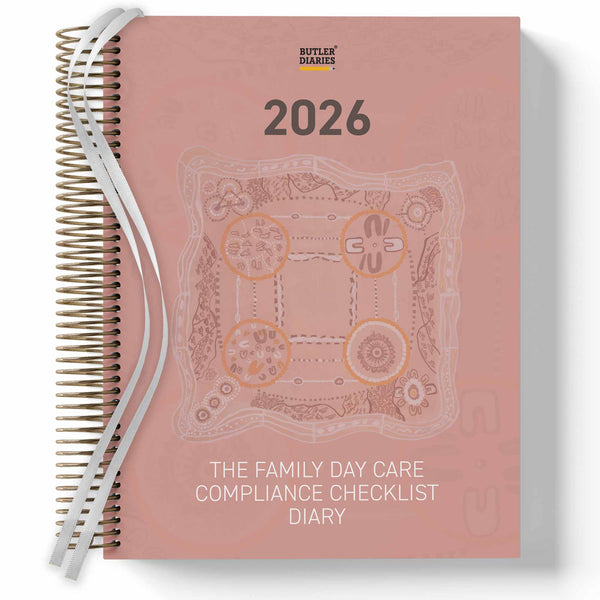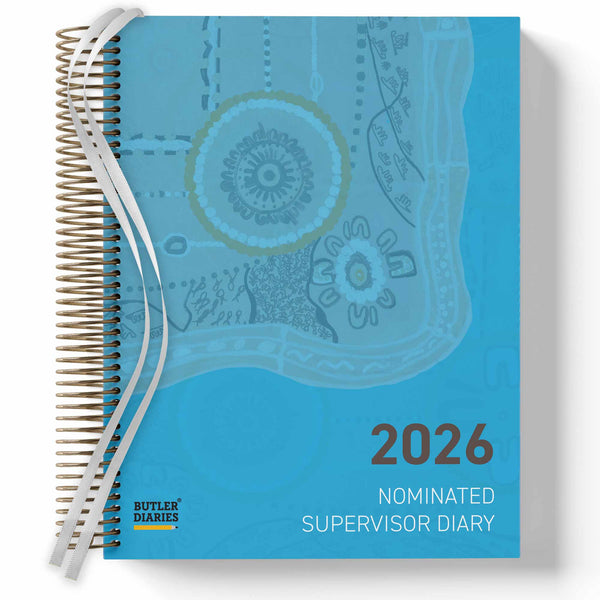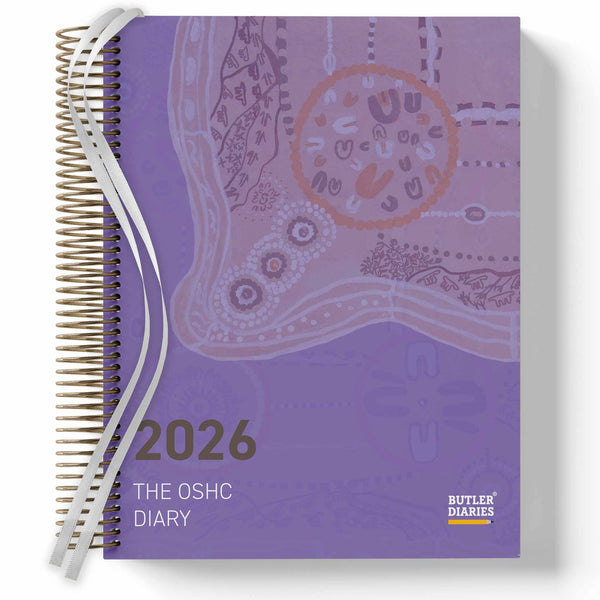Incorporating cultural responsiveness into your programming is essential for fostering an inclusive, respectful, and supportive environment in Early Childhood Education and Care (ECEC). By embedding cultural responsiveness, educators not only reflect the diversity of the children, families, and community but also meet the principles of the Early Years Learning Framework (EYLF), particularly Principles 2 (Partnerships) and 4 (Respect for Diversity). Here’s a practical guide to embedding cultural responsiveness into your daily practices and programming.
1. Develop Your Cultural Competence
Cultural responsiveness begins with you. Take the time to reflect on your own values, biases, and attitudes towards cultural diversity. This self-awareness helps you approach cultural differences with an open mind.
- Seek Professional Development: Engage in workshops, training, or courses about cultural competence and Aboriginal and Torres Strait Islander perspectives.
- Reflect Regularly: Use reflective practices to evaluate how your actions and programming support cultural responsiveness. Use the 'Professional Inquiry" section of your Weekly Programming and Reflection Diary to reflect.
2. Build Relationships with Families and Communities
Strong partnerships with families and communities are at the heart of cultural responsiveness. Understanding the cultural backgrounds of the children in your care enables you to provide meaningful and relevant learning experiences.
- Communicate Effectively: Use a variety of communication methods to engage with families, including informal chats, newsletters, or community meetings.
- Invite Participation: Encourage families to share their traditions, stories, and practices. This might include cooking activities, storytelling, or celebrating cultural events together.
- Engage Local Elders: Partner with Aboriginal and Torres Strait Islander Elders and community members to bring authentic cultural knowledge into your service.
3. Incorporate Cultural Perspectives into Your Curriculum
Children’s learning is enriched when cultural knowledge and practices are integrated into the curriculum. This helps children develop respect and appreciation for diversity.
- Embed Diverse Resources: Include books, music, art materials, and toys that represent a wide range of cultures. Ensure resources are authentic and not stereotypical. You can get authentic Indigenous resources made in Australia by Indigenous small businesses in our store.
- Celebrate Cultural Events Thoughtfully: Plan activities around cultural events in consultation with families and communities. For example, during NAIDOC Week, focus on activities that celebrate Aboriginal and Torres Strait Islander cultures. Your Weekly Programming and Reflection Diary includes a special dates page of cultural events you could consider celebrating in your service.
- Use a Holistic Approach: Integrate cultural learning across all areas of development, such as language, cognitive, social, and emotional learning.
4. Reflect Diversity in Your Environment
Your physical environment plays a key role in fostering inclusivity and belonging. Design spaces that celebrate cultural diversity and encourage exploration.
- Visual Displays: Create displays that reflect the cultures of children in your service, such as family photos, cultural artefacts, or traditional artwork.
- Language Representation: Label areas of your setting in different languages spoken by the children and families.
- Cultural Zones: Set up areas dedicated to exploring cultural practices, such as a yarning circle or a dress-up station with traditional attire.
- Celebrate Learning: Celebrate learning by documenting and displaying it in your Cultural Responsive Year Calendar.
5. Foster Critical Thinking About Culture
Encourage children to develop an understanding of culture, diversity, and fairness by embedding critical thinking into your programming.
- Ask Open-Ended Questions: For example, “Why do you think people celebrate different holidays?” or “What can we learn from other cultures?”
- Role-Play Scenarios: Use role-play to explore cultural practices, encouraging children to engage with new perspectives.
- Storytelling and Narratives: Share stories from diverse cultures, including Dreamtime stories from Aboriginal and Torres Strait Islander peoples, and discuss their meanings.
- Use Authentic Indigenous Resources: You can source genuine Indigenous Resources from Australian Brands in our Indigenous Collection.
6. Commit to Ongoing Critical Reflection
Cultural responsiveness is an ongoing journey, not a one-time task. Reflect regularly on your practices to ensure they remain meaningful and inclusive.
- Use the EYLF Principles and Practices as a Guide: Evaluate how your programming aligns with the EYLF’s focus on diversity and inclusion.
- Involve the Team: Encourage team discussions about cultural responsiveness during staff meetings or professional development days.
- Seek Feedback: Ask families and community members for feedback on how your programming supports cultural inclusion.
7. Connect to the EYLF Outcomes
Ensure your programming aligns with the EYLF outcomes, particularly:
- Outcome 1: Children have a strong sense of identity.
- Outcome 2: Children are connected with and contribute to their world.
- Outcome 5: Children are effective communicators, which includes understanding diverse communication styles.
By doing so, you not only enhance cultural responsiveness but also document how these practices contribute to children’s learning and development.
Final Thoughts
Incorporating cultural responsiveness into your programming is about creating a space where every child feels seen, valued, and respected. It requires intentional effort, collaboration with families and communities, and a commitment to ongoing learning. By embedding cultural responsiveness, you support children in developing empathy, understanding, and a sense of belonging—critical foundations for thriving in a diverse world.
Through these practices, your service not only meets its compliance obligations but becomes a leader in nurturing inclusive, culturally rich learning environments.
